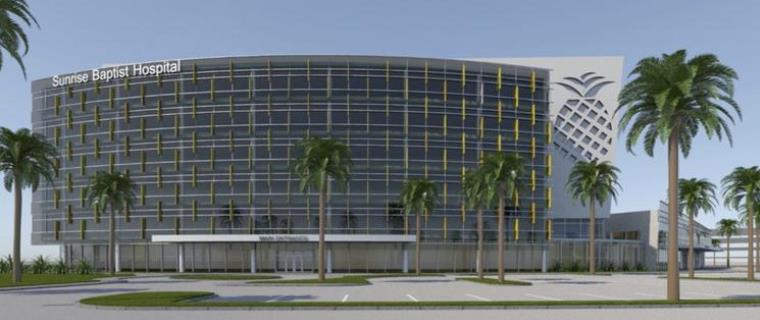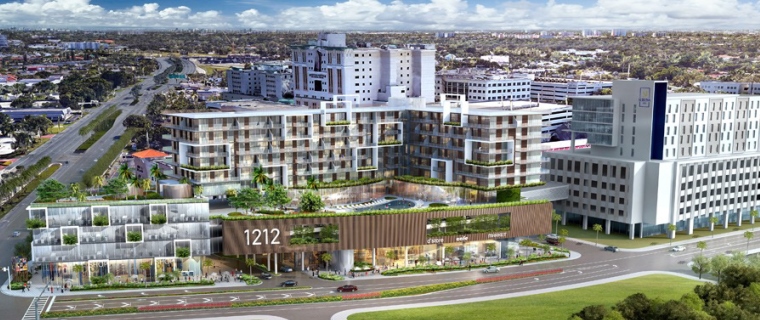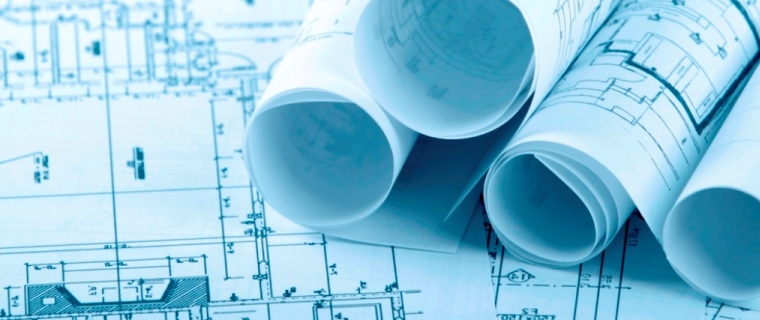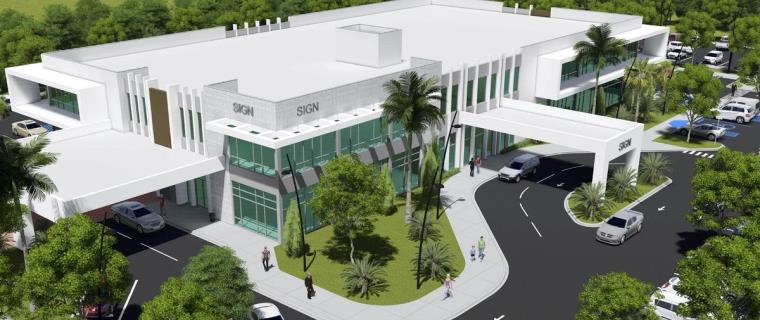Baptist Health South Florida is on the verge of obtaining land for its first hospital in Broward County as it expands its regional presence.
On Dec. 14, the Sunrise City Commission will consider selling the 26.3-acre property at to Coral Gables-based Baptist Health. The agreed-upon price is $13.75 million for the vacant land on the east side of the Sawgrass Expressway, meaning a hospital there would be visible from the highway.
The city bought the land in 1997 for $1.95 million.
Under the proposed deal, Baptist Health would build a four-story hospital that would initially total 25,000 square feet with 25 inpatient beds, at least one operating room and an emergency department. There would also be a 100,000-square-foot medical office building. The hospital could expand in the future.
“This is a terrific opportunity for Baptist to be at the gateway to our city and to provide health care for our community,” Sunrise Mayor Mike Ryan said. “For a long time, the City Commission has wanted more health care in our community and, particularly, a community-based hospital.”
Initial talks with Baptist Health indicated the project would create 300 to 400 jobs, Ryan added. The current zoning of the land permits a hospital, so Baptist Health will need to seek site plan approval, but not a more complicated rezoning.
“We are excited to have the opportunity to work with the city of Sunrise to build a hospital that meets the needs of the community,” Baptist Health spokeswoman Georgi Morales Pipkin said. “We look forward to working with the mayor, commission, city manager and the community throughout this process and to expanding our service to patients in the area.”
The nonprofit health care provider is already the largest hospital operator in South Florida, but all of its hospitals are in Miami-Dade, Palm Beach and Monroe counties. It has many outpatient centers in Broward, including an urgent care center in Sunrise, but no hospitals yet.
Click here to read more about this story.





